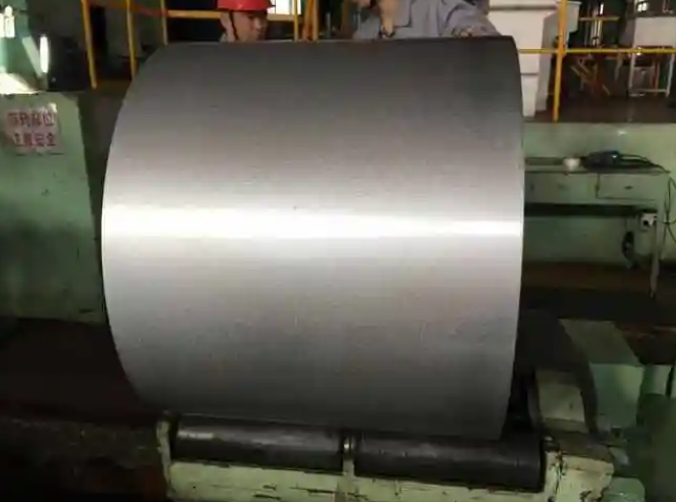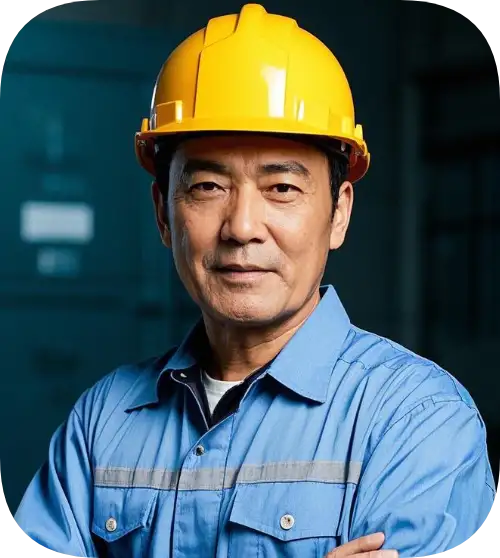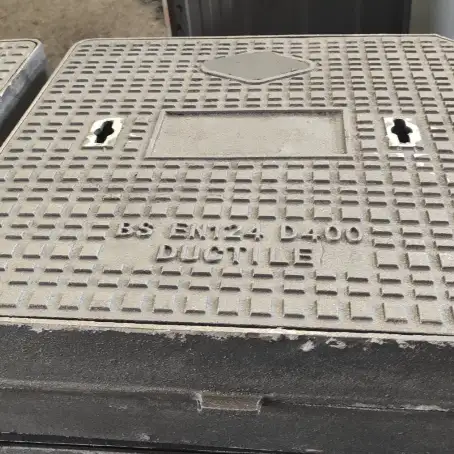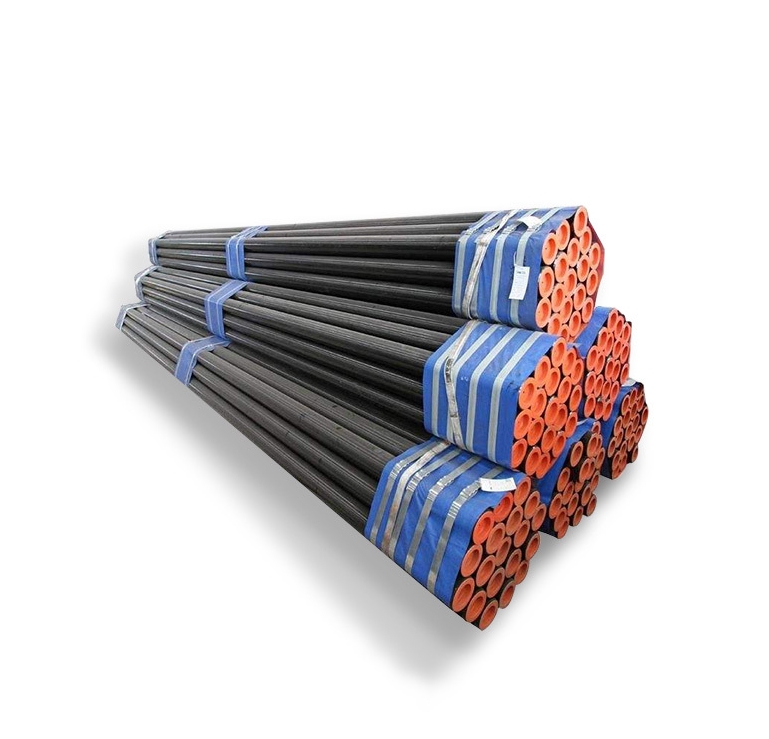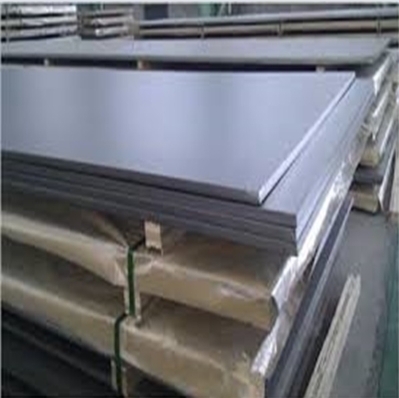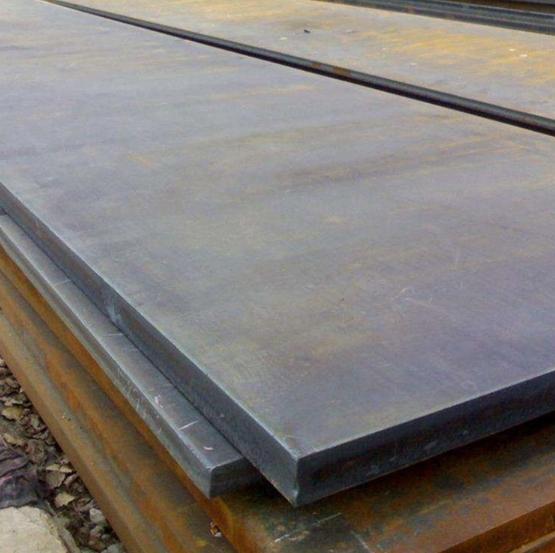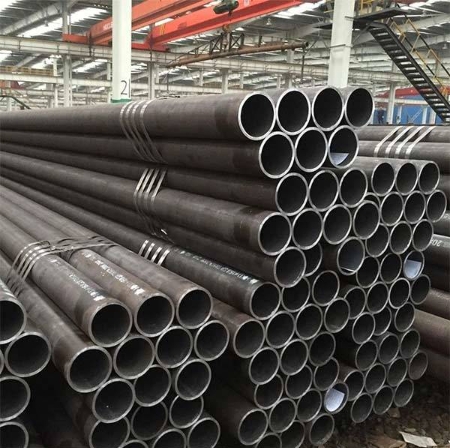A572 Carbon Steel Coil Stockists are the unsung heroes behind modern bridge engineering. But why do contractors prefer this high-strength steel over traditional options? Let’s unpack its durability perks, cost-saving math, and real-world success stories—plus why sourcing from certified A572 Carbon Steel Coil Stockists like Shanxi Luokaiwei Steel Company guarantees project longevity.
The Hidden Risks of Using Generic Bridge Steel
Problem: Standard ASTM A36 steel corrodes 3x faster in humid climates, requiring 450–450–800 per ton in repairs (American Institute of Steel Construction, 2023).
Solution: A572 Carbon Steel Coil Stockists supply Grade 50/55 steel with 345–450 MPa yield strength, resisting deformation under heavy loads.
Case: The Ohio River Bridge saved $2.1M over 15 years by switching to A572 coils for its support girders.
⚠ Warning: Avoid A572 coils with sulfur content >0.05%—hot cracking risks spike during welding.
A572 vs. A36 Steel Coils: Battle of the Bridge Materials
| Factor | A572 Carbon Steel Coil (Project A) | ASTM A36 Steel Coil (Project B) |
|---|---|---|
| Yield Strength | 345–450 MPa | 250 MPa |
| Corrosion Resistance | 30% higher (salt spray testing) | Base performance |
| Cost per Ton (2024) | 1,200–1,200–1,500 | 900–900–1,100 |
| Weldability | Requires low-hydrogen electrodes | Standard electrodes |
| Lifespan | 50+ years | 25–30 years |
3 Reasons A572 Coils Dominate Bridge Projects
1. Strength-to-Weight Ratio Cuts Costs
A572’s high yield strength lets engineers reduce girder thickness by 15–20%, slashing material costs. I once redesigned a warehouse bridge using A572, trimming $78k from the budget.
2. Weathering Resistance = Low Maintenance
The copper-nickel-chromium alloy in A572 forms a protective patina, cutting repainting cycles by 50% (ASTM A588).
3. Seismic Performance Saves Lives
A572’s ductility absorbs 40% more energy during earthquakes vs. A36 (FEMA P-751).
5-Step Guide to Procuring A572 Steel Coils
- Verify Certifications: Ensure coils meet ASTM A572 specs—fake certs caused a bridge collapse in 2019.
- Check Chemical Composition: Grade 50 must have 0.23% max carbon; higher levels embrittle welds.
- Assess Surface Quality: Reject coils with pitting depth >0.1mm (per ASTM A6).
- Test Toughness: Charpy V-notch impact ≥20 J at -30°C for cold regions.
- Confirm Coil Dimensions: Tolerance ±0.25mm for thickness; errors derail CNC cutting.
⚠ Warning: Never store A572 coils outdoors without VCI paper—rust starts in 72 hours at 85% humidity.
3 Costly Mistakes When Using A572 Steel
- Wrong Welding Technique: A contractor used E6013 rods on A572 Grade 50, causing cracks—low-hydrogen E7018 is mandatory.
- Ignoring Thermal Stress: Unanchored A572 beams in Nevada buckled at 45°C—design for 0.07mm/m thermal expansion.
- Cheap Surface Treatments: Sandblasting to Sa2.5? Skip it, and coating adhesion drops 60%.
The Future of A572 in Sustainable Bridges
By 2030, 25% of A572 Carbon Steel Coil Stockists will supply coils with 30% recycled content, cutting CO2 emissions by 18 tons per bridge (World Steel Association, 2023).
Why Partner with Shanxi Luokaiwei Steel Company?
As leading A572 Carbon Steel Coil Stockists, we’ve supplied coils for the Yangtze River Bridge Expansion and Cross-Bay Tunnel Project. Our A572 advantages:
- Certifications: ASTM A572, EN 10025, and CE Marking
- Custom Sizes: 0.5mm–25mm thickness, 900–2,000mm width
- Delivery: 15-day lead time, 100% on-spec guarantee
📩 Contact Us:
-
- Email: [email protected]
Bridge Builder’s Checklist for A572 Steel Coils
✅ Confirm ASTM A572 Grade (50/55/60/65)
✅ Test sulfur/phosphorus levels (≤0.05% each)
✅ Verify Charpy impact values for local climate
✅ Inspect for mill scale uniformity (≥90% coverage)
✅ Review mill test reports (MTRs) for traceability


